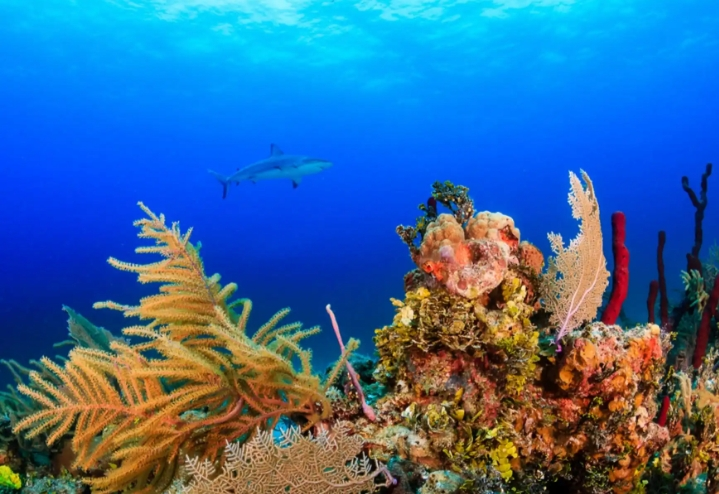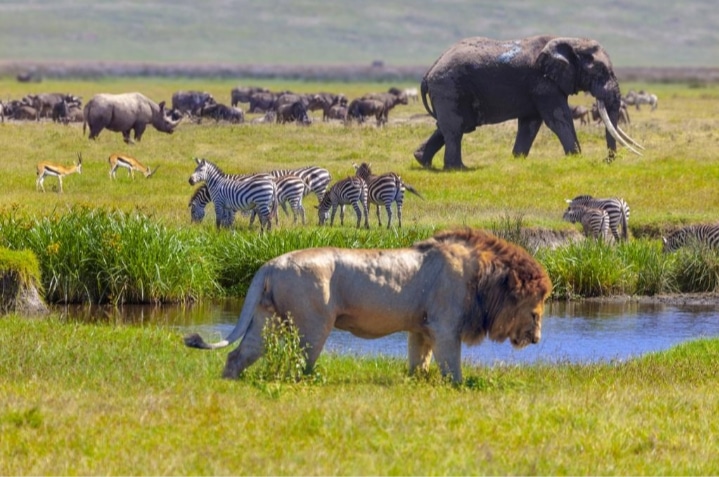The Living Planet Report 2022 showed 69 percent declination in wildlife population in the last 50 years i.e. 1970 to 2018.

The Living Planet Report released on October 13, 2022 by the World Wide Fund and Zoological Society of London. The report showed concerning data on wildlife population and overall challenges in front of the living beings. The Living Planet Report showed a 69 percent decline in the wildlife population from 1970 to 2018. In the report the living planet index analysed 32000 populations of 5,230 species. The report gives an average of the variation in population sizes of different species of animals and not the number of creatures lost.
What is the Living Planet Report?
Every two years, the World Wild Fund (WWF) , the world’s leading independent conservation organisation situated in Switzerland, and other organisations collectively produce Living Planet Report. The WWF was established in 1961 to conserve and protect the wildlife, rivers, forests, sea’s. The WWF’s Living Planet Reports are made with the inputs from leading experts, scientists and the leading organisations. The Living Planet Report is a health check of the planet to understand what threat the planet is facing ? The conclusions of the living planet report is based on several different measures including Living Planet Index and ecological footprints.
What is in the Report?
- The Living Planet Report highlighted the highest wildlife decline in Latin America and the Caribbean region.
- Africa recorded 66 percent fall in its wildlife population whereas Asia Pacific recorded 55 percent fall from 1970 to 2018.
- The report also highlighted or identified six key threats to biodiversity i.e. agriculture, hunting, logging, pollution, invasive species and climate change highlight threat hotspot for terrestrial vertebrates.
- The report shows the population of freshwater species reduced globally by 83 percent, confirming that the planet is experiencing a biodiversity and climate crisis.
- Along with the wildlife population biodiversity hotspots have also taken huge hit.
- Mangroves continue to be lost to aquaculture, agriculture and coastal development at a rate of 0.13 percent per year. Many mangroves are degraded by over exploitation, pollution and coastal erosion.
- Around 137 square kilometres of the Sundarbans Mangrove forest in India and Bangladesh has been eroded since 1985.
- This has to be considered as an alarming state for all Mankind’s.

The General Secretary and CEO of WWF India said on the LPR report that, “The living Planet Report 2022 shows how climate change and biodiversity loss are not only environmental issues but Economic, Development, Security and Social issues too and they must therefore need to be addressed together”.
Read more: Is Natural Climatic Change Encouraging Hybrids?
Also read: Tardigrades survives to their maturity even when frozen













